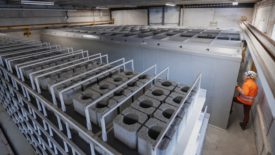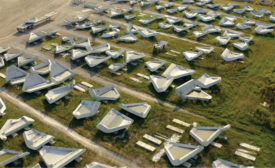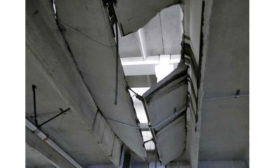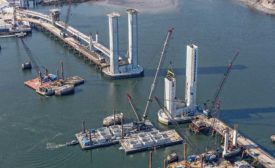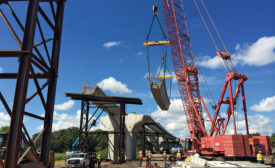Home » Keywords: » precast concrete
Items Tagged with 'precast concrete'
ARTICLES
Pilot effort shows promise for new precast curing process
Read More
Q3 Tech Focus: Mixed Results as Smart Road Testing Begins
Roads that can honk, glow, collect solar energy or charge electric vehicles are meeting with mixed results
Read More
ENR 2021 Top 25 Newsmakers
Scott Harrigan: Subcontractor Guides His Company Through a Complex Precast Concrete Project
Read MoreThe latest news and information
#1 Source for Construction News, Data, Rankings, Analysis, and Commentary
JOIN ENR UNLIMITEDCopyright ©2024. All Rights Reserved BNP Media.
Design, CMS, Hosting & Web Development :: ePublishing
